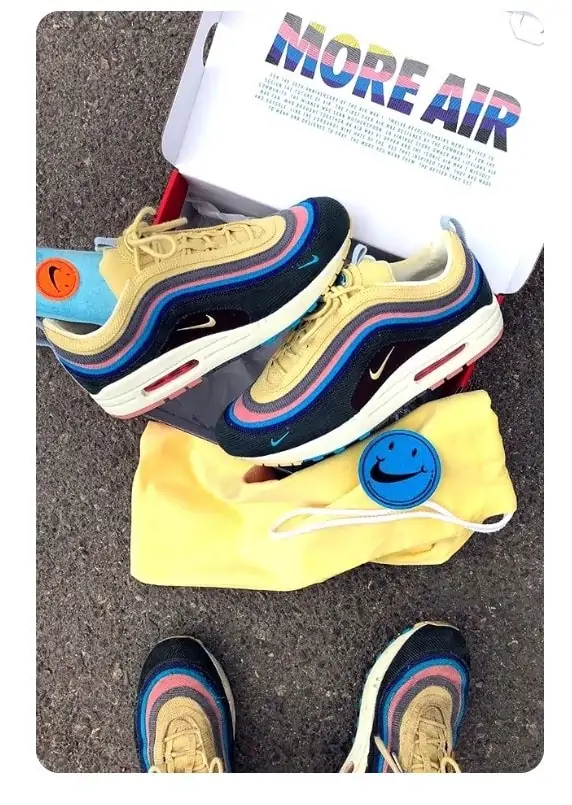With its 431 million monthly active users and their growing shopping engagement, Pinterest has become one of the most promising visual content sharing platforms on the web. Being easy to use and feature-rich at once, Pinterest creates excellent opportunities for brand advertising and lead generation.
In this article, we suggest discovering some non-obvious ways to capture the prospective leads, lure them into your marketing funnel and turn them into loyal customers step by step.
How To Generate Pinterest Leads: 5 Easy Tactics
#1 – Follow the Life-Proven SEO Rules
In contrast to popular opinion, Pinterest isn’t a social media platform. Instead, it is a visual search engine that uses keyword-based matching algorithms similar to Google’s. That’s why applying basic SEO rules and principles makes sense for Pinterest promotion, too – the lion’s share of content views still come from search, even when you have thousands of followers.
So, let’s reconsider your SEO strategy on Pinterest.
- Pay attention to your profile description and enrich it with general and branded keywords.
- Make sure you use a smart mix of the keywords of different usage frequencies and cover the most important ones depending on the pin’s topic.
- Use long-tail keywords as well. Many Pinterest users are looking for something specific, so the task is to match their search query with the long-tail keywords used for each of the pins.
To unlock the relevant pool of quick-win keywords, consider using Ahrefs or Uber Suggest (or any other tool you use to gather a semantic core for your blog content).
#2 – Create a Marketing Funnel Using Pinterest as A Starting Touchpoint
Pinterest is great for promoting B2C businesses and developing eCommerce advertising strategies. Hence, most Pinterest users use it as either an inspiration source or a tool for discovering products they would like to buy. Nevertheless, promoting the content with the help of Pinterest is also possible, and one of the lead generation marketing tips is to link a specific pin with a dedicated article, like in the example above.
In this case, the users are likely to discover how-to tips on your blog after being redirected from Pinterest. Then, they either switch to a product page or subscribe to your marketing newsletter. So, the promotional tactic is as follows.
Try to diversify your pins, creating separate boards with product images and valuable content, linking each pin to either product pages or blog articles. Don’t link to the homepage only; instead, use Pinterest at the top of your sales funnel and encourage the users to make the target action step by step.
P.S. Adding “how to” keywords to the description of such pins will be useful. Try Answer the Public to discover the precise questions customers are using.
#3 – Create Images with Texts
How to combine the product image with the marketing message? The visual nature of Pinterest allows for taking the best from both worlds in an instance – just add some text to the picture.
The matter is that the users with a string shopping intent and emotional-driven purchasing behavior would be happy to find out the main benefits of the desired item in a single look. In this case, adding some ad text to an image allows you to deliver a holistic marketing message, encouraging the users to consider the item in more detail and jump to your product page for purchase.
Here is an excellent example of combining visuals and text, following a single style, highlighting the core benefit, and creating a holistic impression.
#4 – Pin Mobile-Optimized Content
82% of Pinterest users access the platform from mobile devices. That’s why optimizing your pins for mobile makes a lot of sense. However, this path can be long since you have to take a lot of specific details.
For example, some of your pins can be more appealing on Android devices than on iOS, and getting started with Pinterest analytics is the only way to unlock these insights.
Testing your pins manually with the help of different devices also makes sense. Pay special attention to the background images – they should be easily identifiable regardless of the device, while the text should be visible both in the app and on a desktop.
What’s more, if you know that the major part of your audience users mobile devices, consider switching to a 2:3 aspect ratio when preparing the images to stay assured of the visual attractiveness of your pins.
#5 – Try Influencer Marketing on Pinterest
Influencer marketing is one of the top strategies to generate more followers on Instagram, TikTok, Facebook, and Snapchat. Despite the specifics of Pinterest, such a tactic can work on this platform too, so consider giving it a try.
However, keep in mind that it works differently on Pinterest and other social media. On Instagram, for example, influencer marketing is a way to quickly boost sales, while on Pinterest, it becomes a cold lead generation tactic. Most users you will attract with the help of influencers are likely to take a look at your pins, engage with the board, and then move from the top to the bottom of the sales funnel step by step.
Despite the difference in tactic and result, the rules for running influencer marketing strategies are the same for the social platforms. Use dedicated tools like Influence.co, consider partnering with micro-influencers since they have more trustful relations with the audience, and analyze your campaign performance indicators with Pinterest Analytics.
Conclusion
Pinterest is a specific visual content app that combines the best features of a search engine and social media platform. It is not the fastest-win tool for boosting sales and improving recognition, unlike Instagram and Facebook. Instead, it can be a powerful platform for generating leads who will come from search at no extra cost. Consider following the tactics we have shared in this article for even better results.











0 Comments